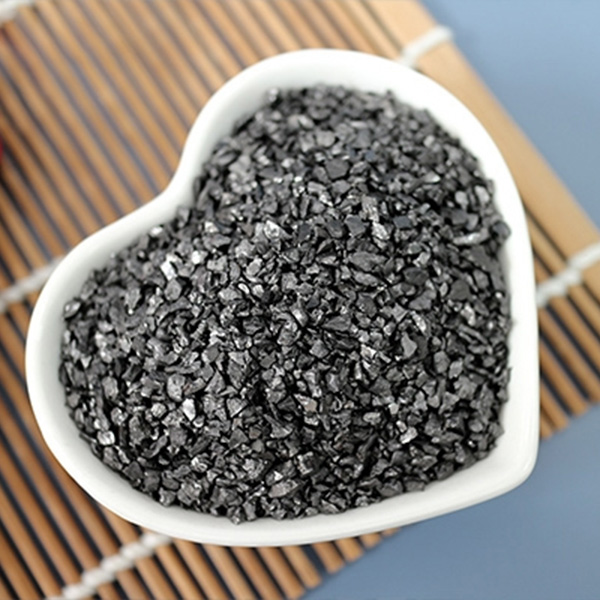Renewable Design for Carburizing Agent - Productin Process – Yunai
Renewable Design for Carburizing Agent - Productin Process – Yunai Detail:
A kind of coke obtained by delayed coking of residual oil. The essence is a partially graphitized carbon form. It is black in color and porous, in the form of stacked granules, and cannot be melted. The elemental composition is mainly carbon, occasionally containing a small amount of hydrogen, nitrogen, sulfur, oxygen and some metal elements, and sometimes with moisture. Widely used in metallurgy, chemical industry and other industries as electrodes or raw materials for the production of chemical products.
The morphology of petroleum coke varies with the process, operating conditions and the nature of the feed. The petroleum coke produced from the petroleum coke workshop is called green coke, which contains some volatiles of uncarbonized hydrocarbon compounds. The green coke can be used as fuel-grade petroleum coke. Electrodes used in steelmaking need to be calcined at high temperature to complete carbonization and reduce volatile matter to a minimum.
The appearance of coke produced in most petroleum coke workshops is black-brown porous solid irregular block. This kind of coke is also called sponge coke. The second type of petroleum coke with better quality is called needle coke, which is more suitable for electrodes due to its lower electrical resistance and thermal expansion coefficient. The third kind of hard petroleum coke is called shot coke. This coke is shaped like a projectile, has a small surface area and is not easy to coke, so it is not used much.
Petroleum coke takes heavy oil or other heavy oil after crude oil distillation as raw material, and passes through the furnace tube of 500℃±1℃ heating furnace at high flow rate, so that cracking and condensation reactions are carried out in the coke tower, and then the coke is cooled for a certain period of time. Coking and decoking produce petroleum coke.
Product detail pictures:

Related Product Guide:
We usually keep on with the principle Quality To start with, Prestige Supreme. We've been fully committed to offering our purchasers with competitively priced excellent solutions, prompt delivery and skilled support for Renewable Design for Carburizing Agent - Productin Process – Yunai , The product will supply to all over the world, such as: Singapore, Ghana, Kazakhstan, Facing fierce global market competition, we have launched the brand building strategy and updated the spirit of human-oriented and faithful service, with an aim to gain global recognition and sustainable development.
The enterprise has a strong capital and competitive power, product is sufficient, reliable, so we have no worries on cooperating with them.




 Quote Now
Quote Now

